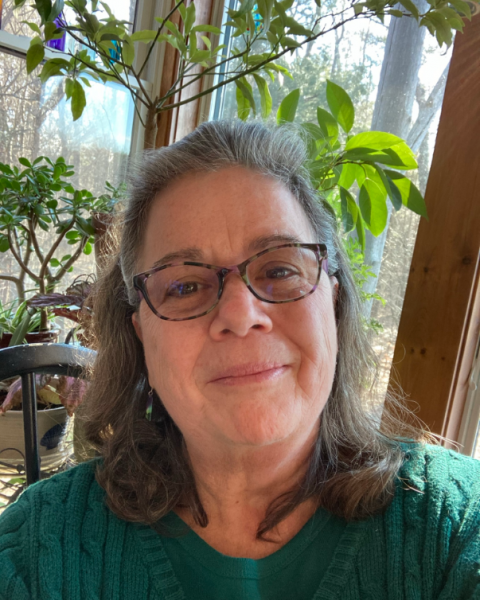Planting Outside the Box with Community Gardens [video]

The WMUR Grow It Green crew spoke with Mary Tebo Davis, about community gardens. She discusses how these special places can meet many needs of a neighborhood with some community partnerships and imagination.
First, they are places for families to grow food, which can be achieved through many methods including raised beds, in-ground plantings, forest gardens and orchards. All of these methods are in practice at the Rooting for Families Community Garden at Manchester Community College, which serves nearly 40 Manchester area families, saving them at least $500 each on their grocery bills.
The design of the garden also builds community and gives inner-city families a place to reconnect to nature. It includes an outdoor classroom, a community space for larger gatherings, smaller picnic areas for families to gather, and an orchard spiral that includes herbs, small fruits, pollinator plants, and a bench for reflection.
Most recently, a natural playscape added more activities for families to do outside the garden.
If you are thinking about beginning a community garden or if you are already part of one, think outside the traditional garden bed and see how other needs of your community can be met.
Contact UNH Extension for information on how you can help out with community gardens across the state.
